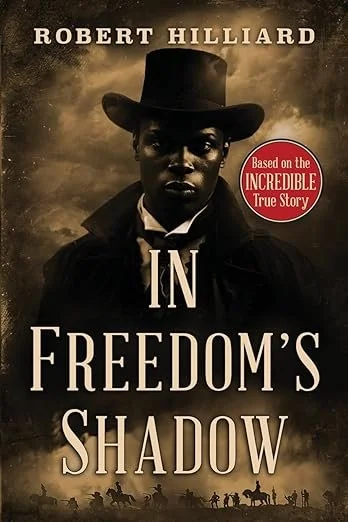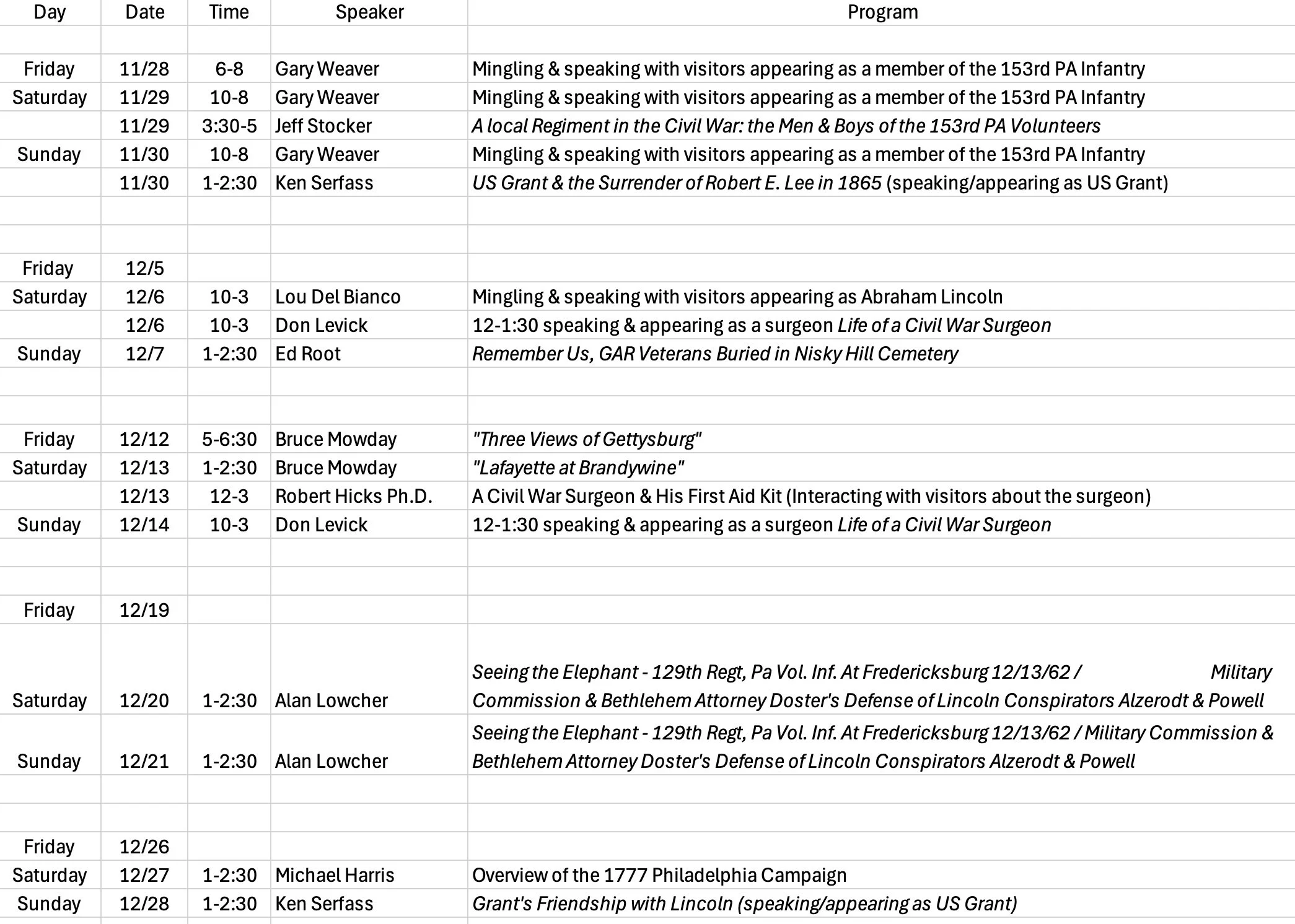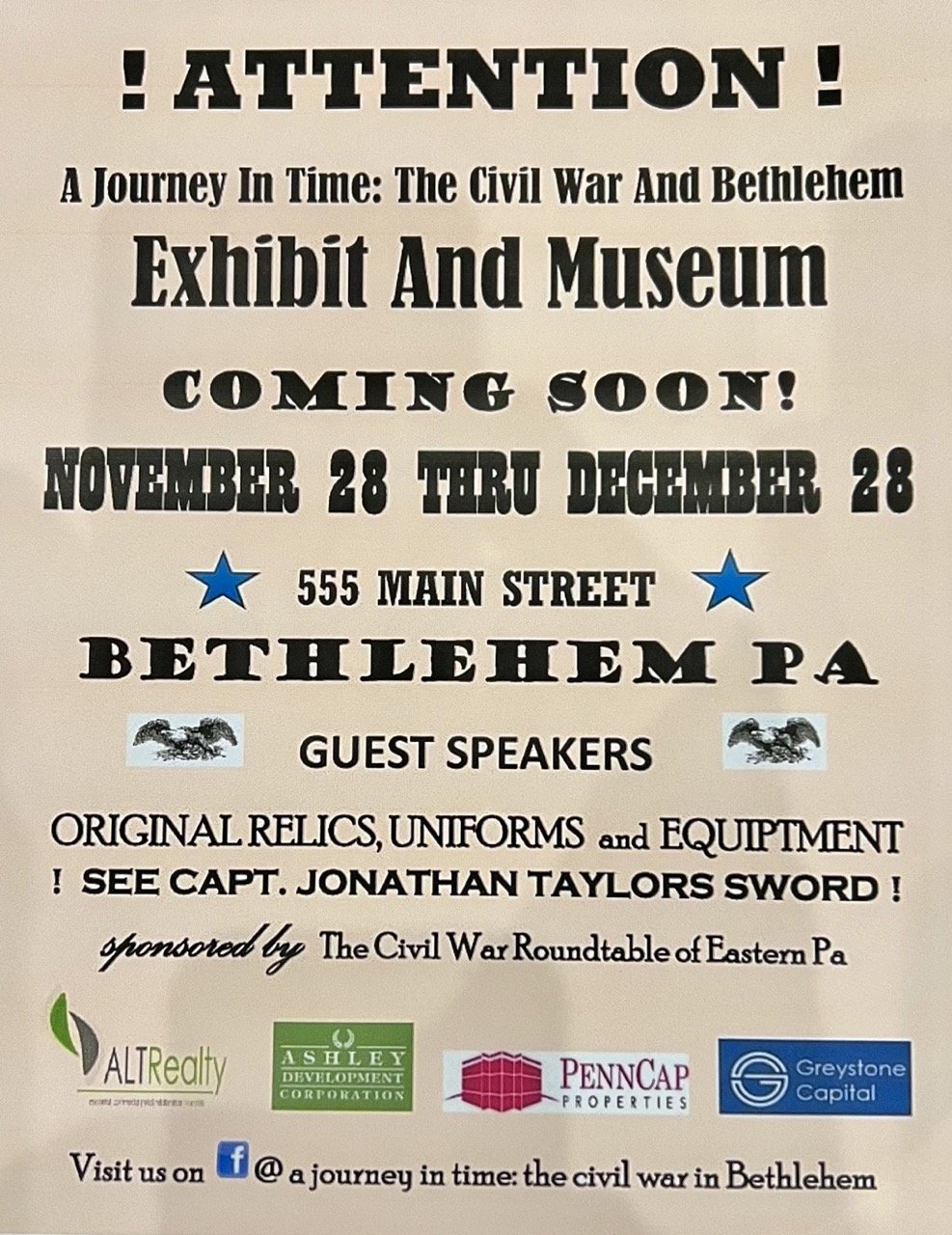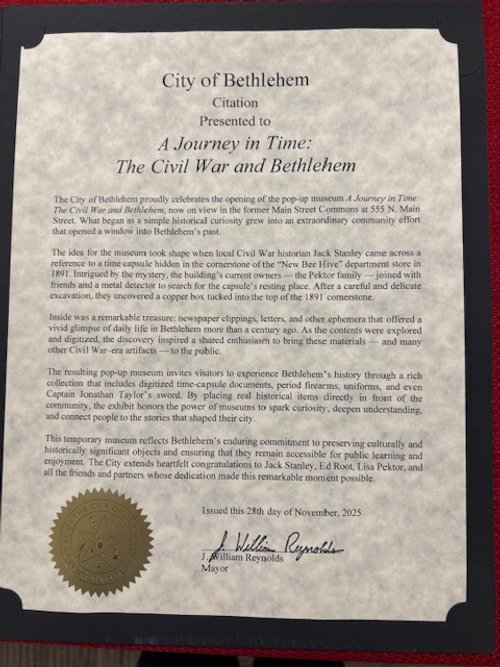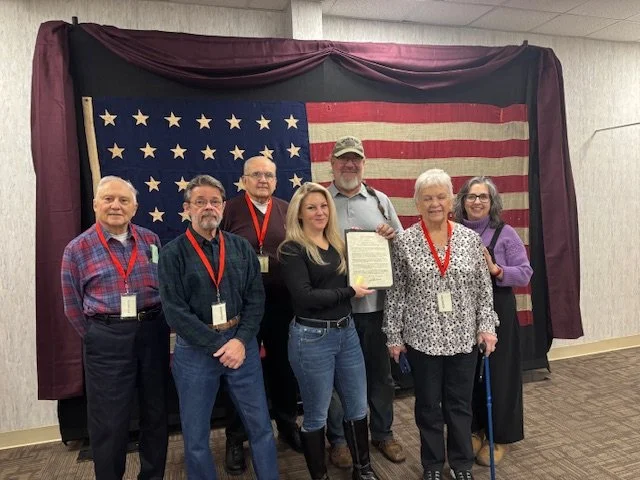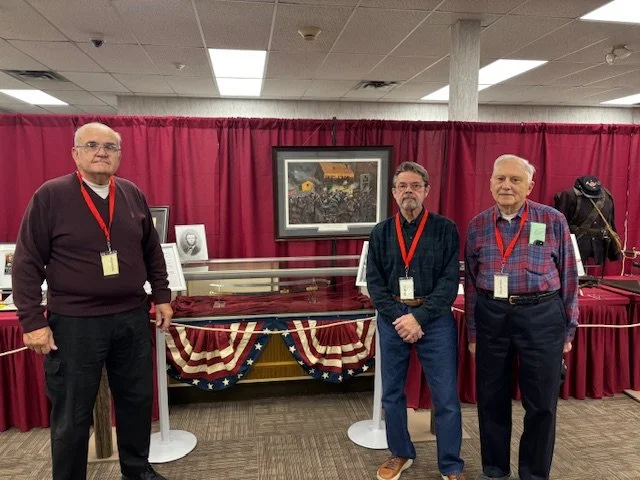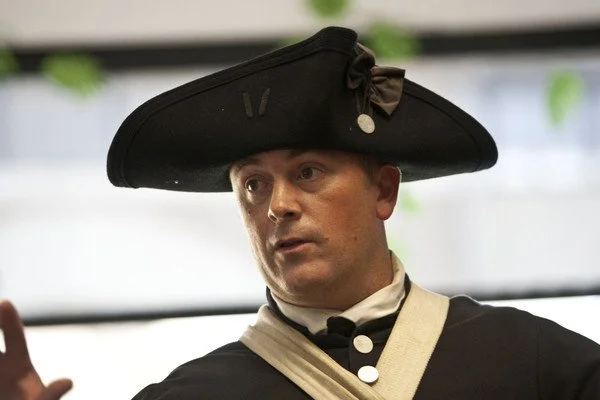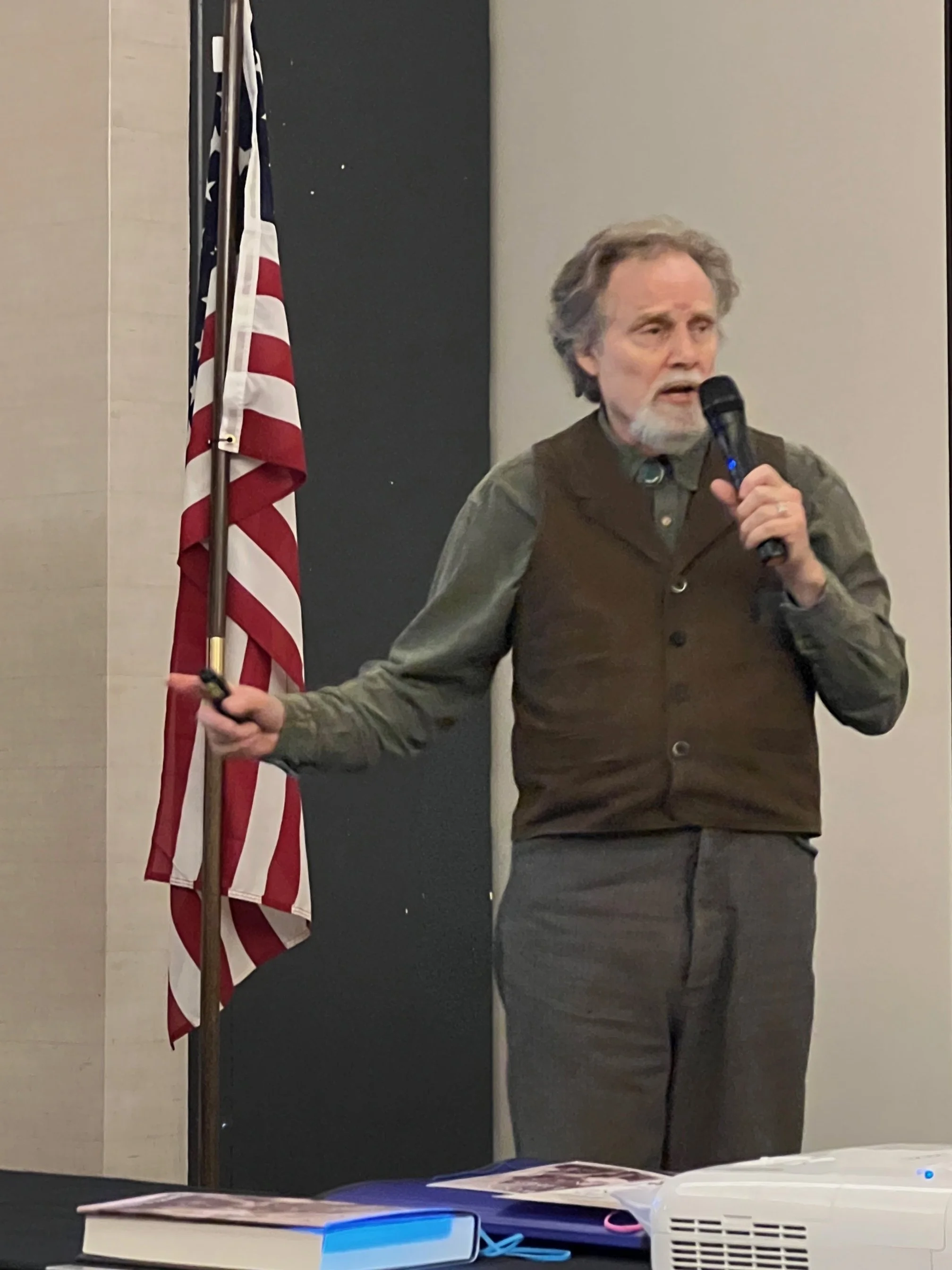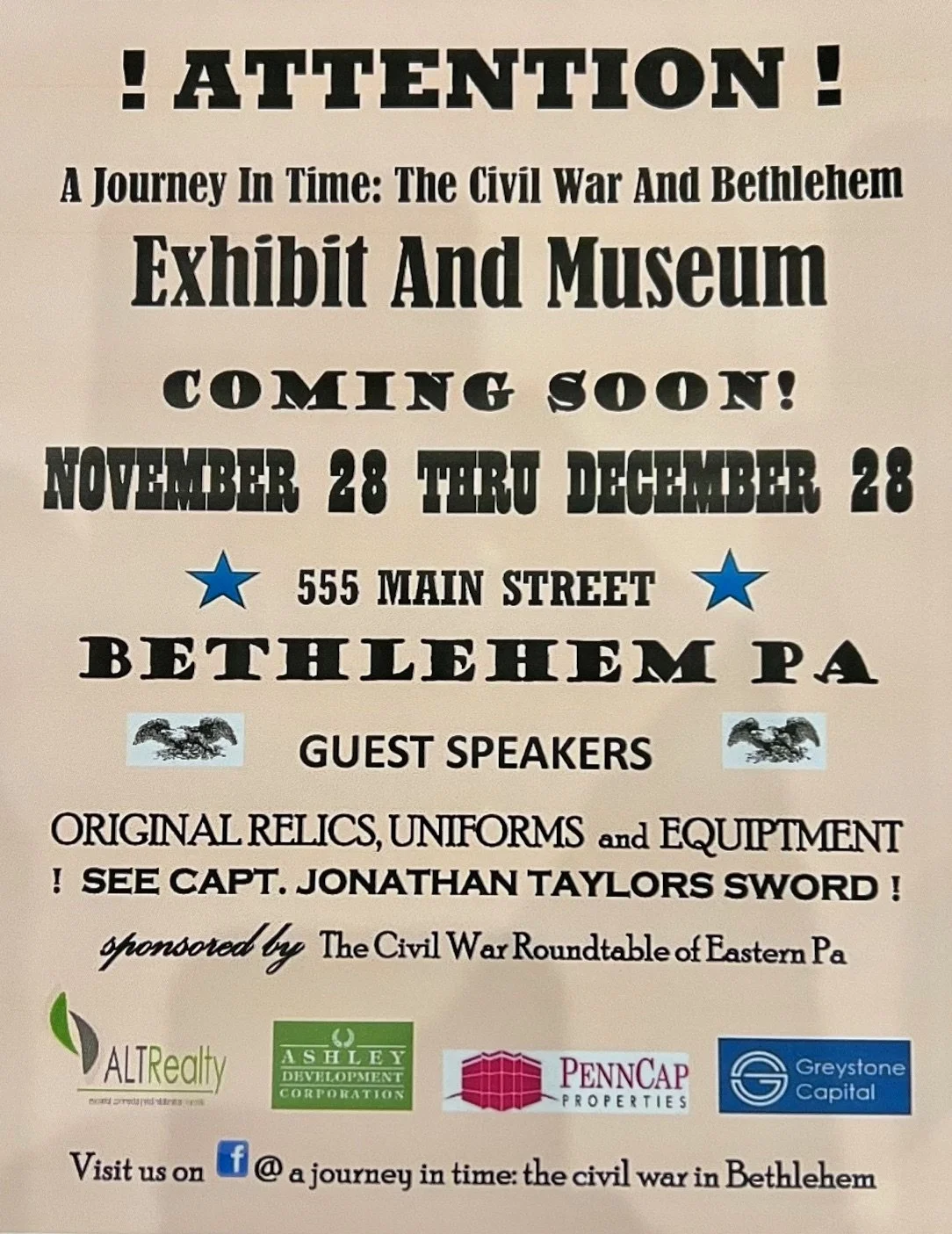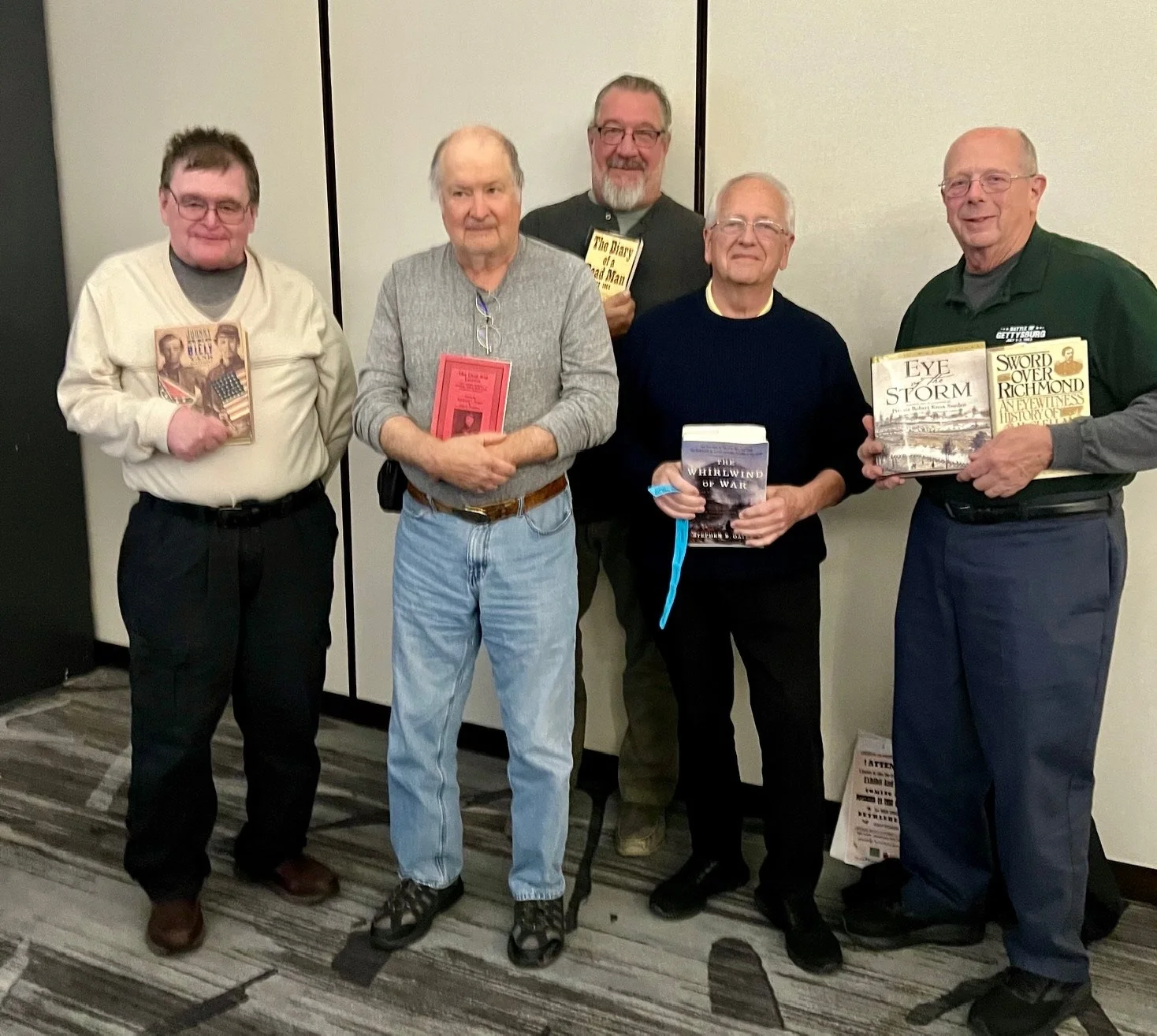Spies, Slaves, and Secrets of the Civil War presented by Robert Hilliard
Based on research for the multiple award-winning historical espionage thriller In Freedom’s Shadow, Robert Hilliard has developed a 60-minute program/Q&A entitled "Spies, Slaves, and Secrets of the Civil War." The presentation provides an overall background on Civil War espionage, and highlights individual operatives who served each army during the Civil War as well as the technology they used to conduct operations. It also focuses on the contributions of escaped slaves as a valued source of information to the US Army and as covert intelligence operatives who risked their lives serving undercover in the Confederacy.
Robert has previously presented this interactive discussion at the Black History Museum and Cultural Center of Virginia, the Andrew Carnegie Free Library & Music Hall as part of their distinguished Lincoln Gallery Second Saturday Civil War Lecture Series, the Cooper-Siegel Library, and the Gettysburg Heritage Center. He has also recorded a scripted version for the Gettysburg Beyond the Battle Museum YouTube channel.
Robert Hilliard Bio:
Award-winning author Robert Hilliard has written on sports, history, and the outdoors for over three decades. Rob worked as a freelance reporter for the Pittsburgh Tribune-Review and wrote for other outlets such as Upland Almanac, Pennsylvania Wildlife, and Pittsburgh History Magazine.
Rob’s first book, A Season on the Allegheny, was published in 2012 and garnered national attention.
His first novel, In Freedom's Shadow, was published in November 2023 and became a #1 Category Bestseller with multiple retailers in its first week of publication. In Freedom's Shadow went on to earn the 2024 International Firebird Book Award for African American Fiction, the Spring 2024 PenCraft Book Award for Historical Fiction, and the 2024 Reader’s Favorite Bronze Award for Southern Fiction.
Rob’s latest work is the holiday short story entitled The Christmas Whistle. Set in colonial America, this heartwarming tale reminds us that the strength of a family’s love endures – especially with a dash of Christmas magic added!
